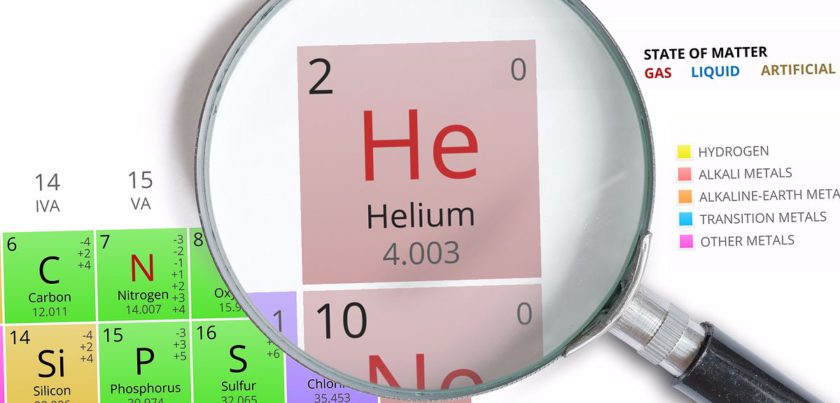
This is perhaps due to its characteristics, it does not hang about, and instead escapes off into space, and so what what we have is naturally replenished via radioactive decay.
So where do we get what we use from?
Because it becomes trapped in natural gas then we tap that as our supply.
What exactly do we use Helium for?
Yes OK, balloons, we are all familiar with that, but what else do we use it for?
What is perhaps the largest use (roughly 1/3 of it all) is within cryogenic applications. In other words, if we had no helium means there there would be no superconducting magnets in medical MRI scanners and NMR spectrometers. As for the other 2/3, well that is spread across a wide range of things such as pressurizing and purging systems, welding, maintenance of controlled atmospheres, and leak detection. Oh and let’s not forget that for really deep diving a mixture of 80% helium and 20% oxygen is used to enable humans to cope with the pressure.
What has been a concern until now is that demand has been outstripping supply; our reserves of it have been running out, hence the price has reflected that and has risen by 500% in the last 15 years.
That however has now changed.
New Discovery
A couple of days ago the University of Oxford announced details of a real game changer …
a research group from Oxford and Durham universities, working with Norway-headquartered helium exploration company Helium One, has developed a brand new exploration approach. The first use of this method has resulted in the discovery of a world-class helium gas field in Tanzania.
Their research shows that volcanic activity provides the intense heat necessary to release the gas from ancient, helium-bearing rocks. Within the Tanzanian East African Rift Valley, volcanoes have released helium from ancient deep rocks and have trapped this helium in shallower gas fields.
“By combining our understanding of helium geochemistry with seismic images of gas trapping structures, independent experts have calculated a probable resource of 54 Billion Cubic Feet in just one part of the rift valley. This is enough to fill over 1.2 million medical MRI scanners”. – Professor Chris Ballentine, Department of Earth Sciences
The big deal here is not that they have simply made a new discovery of a big field of Helium, but rather it is that they have discovered a new way of looking for it. The first time they tried, they hit the jackpot, not because they were lucky, but because they were smart.
As for having helium filled balloons at your next party, well you can relax now and cease panicking.